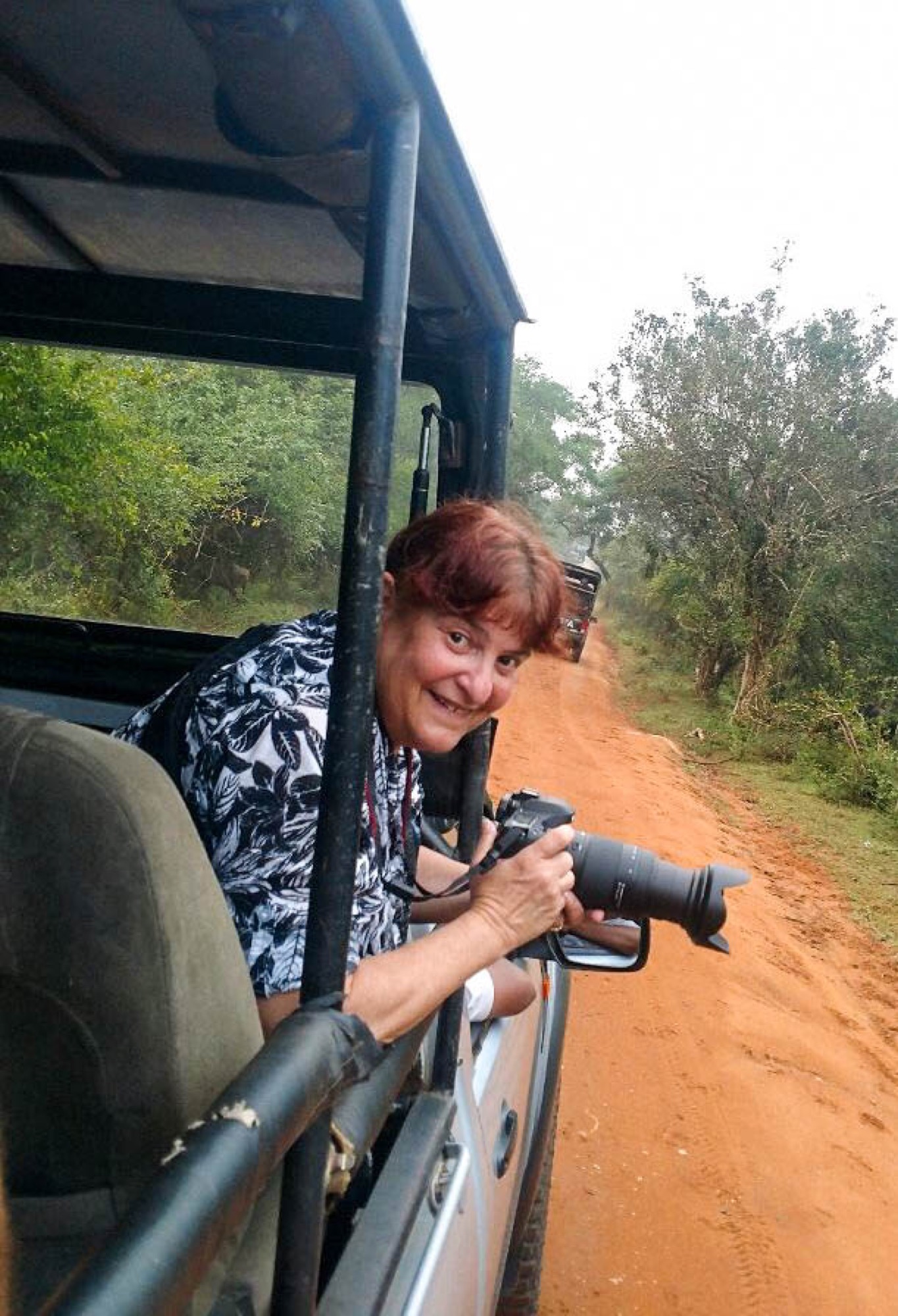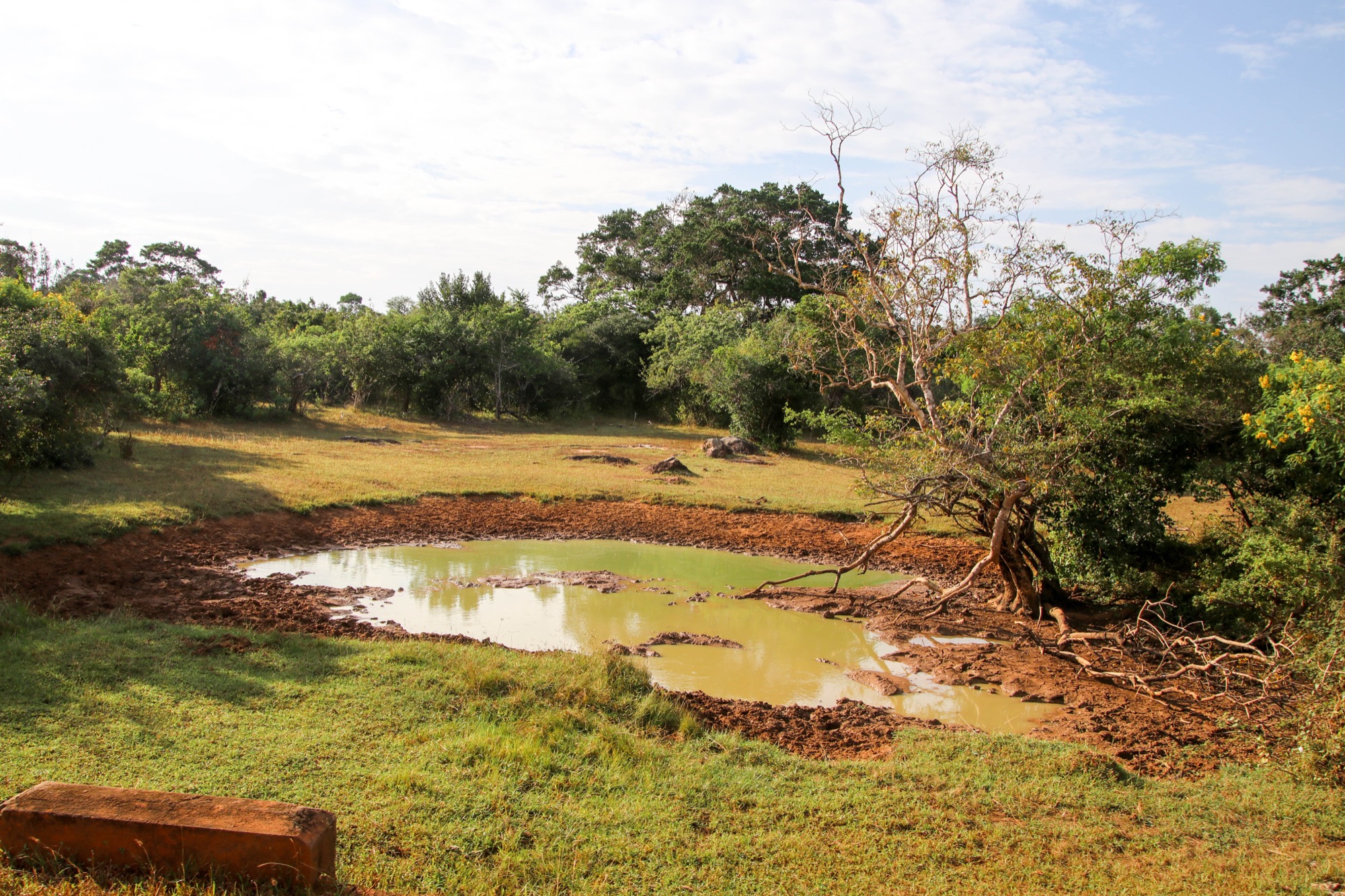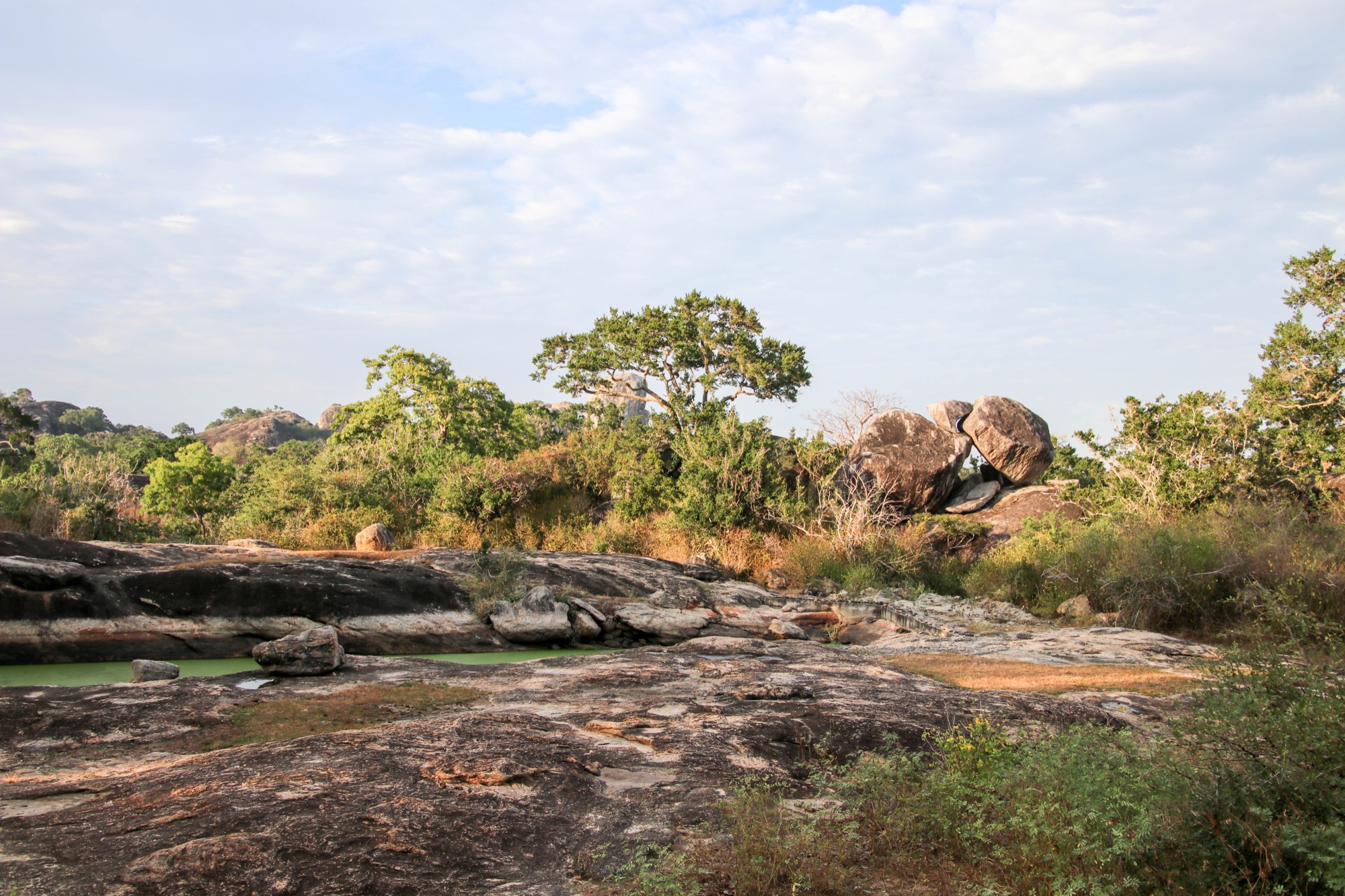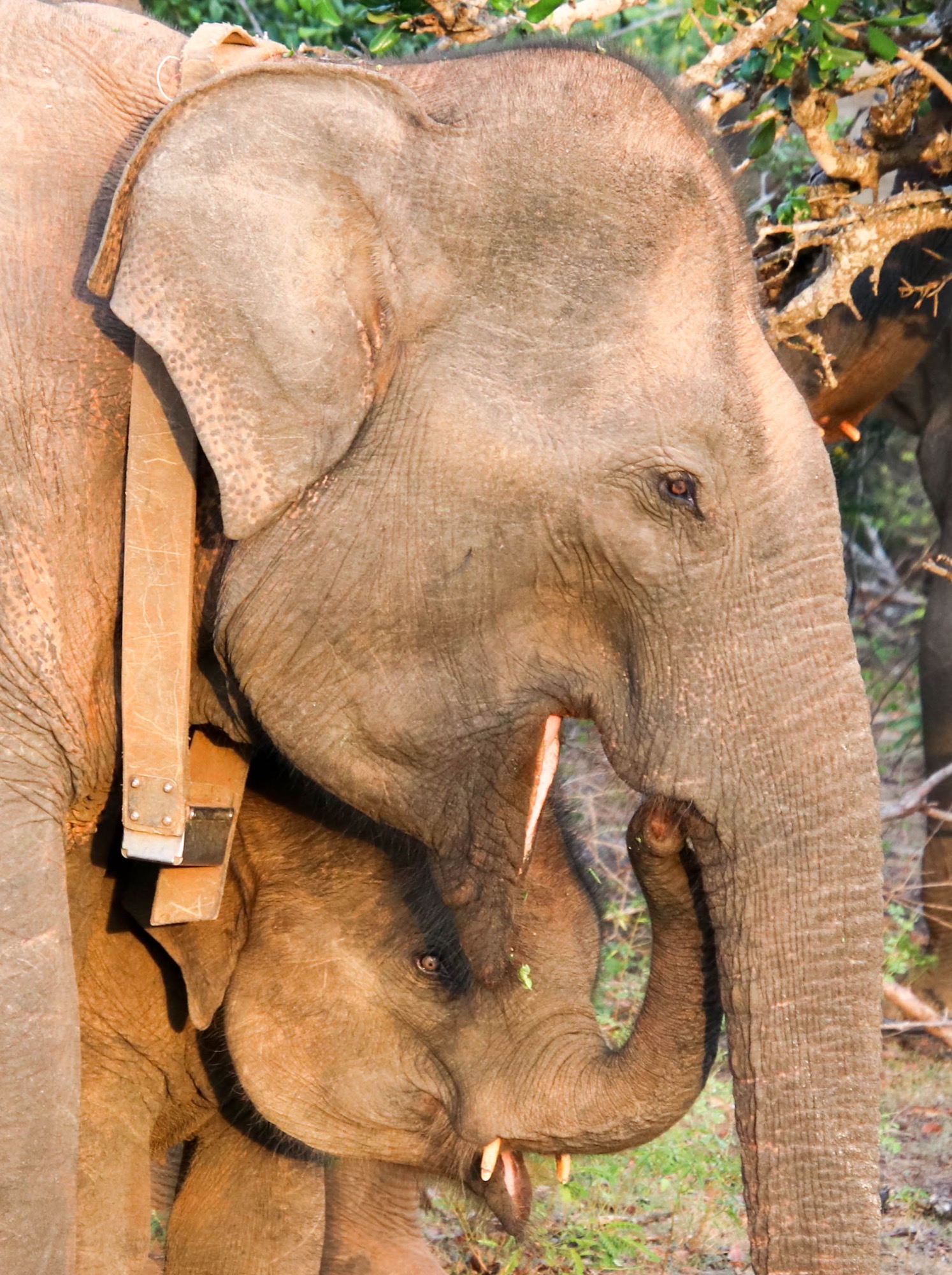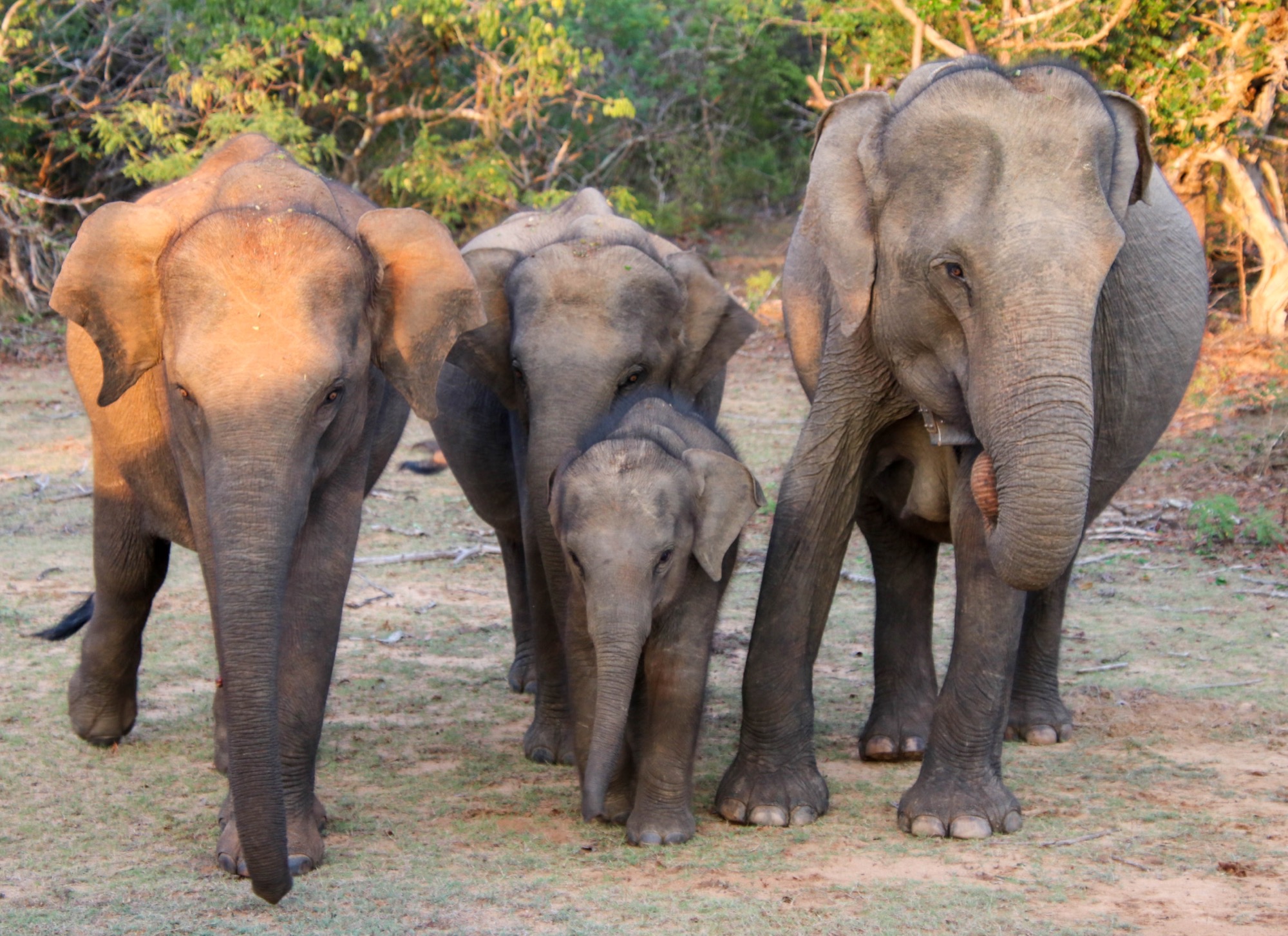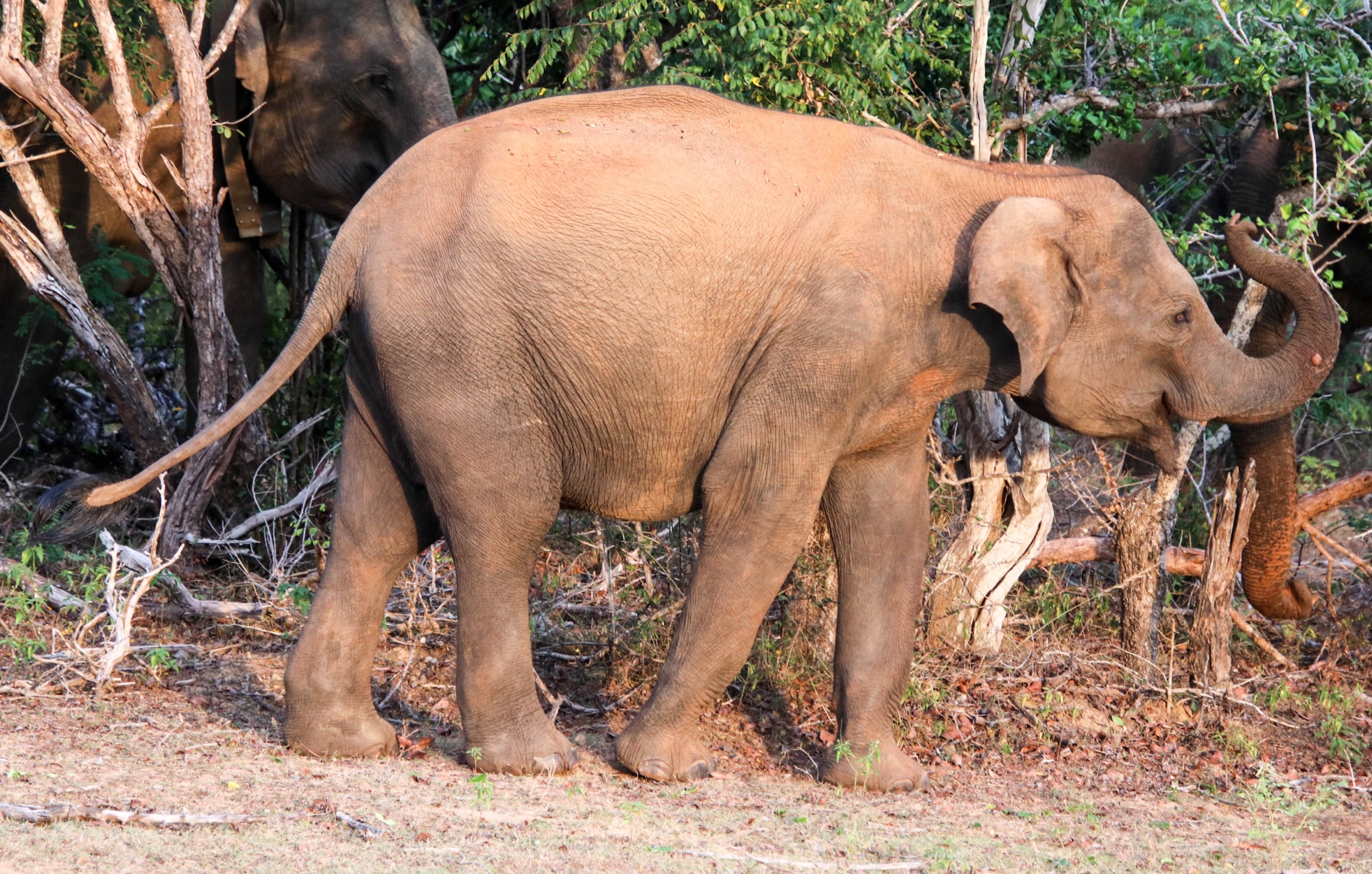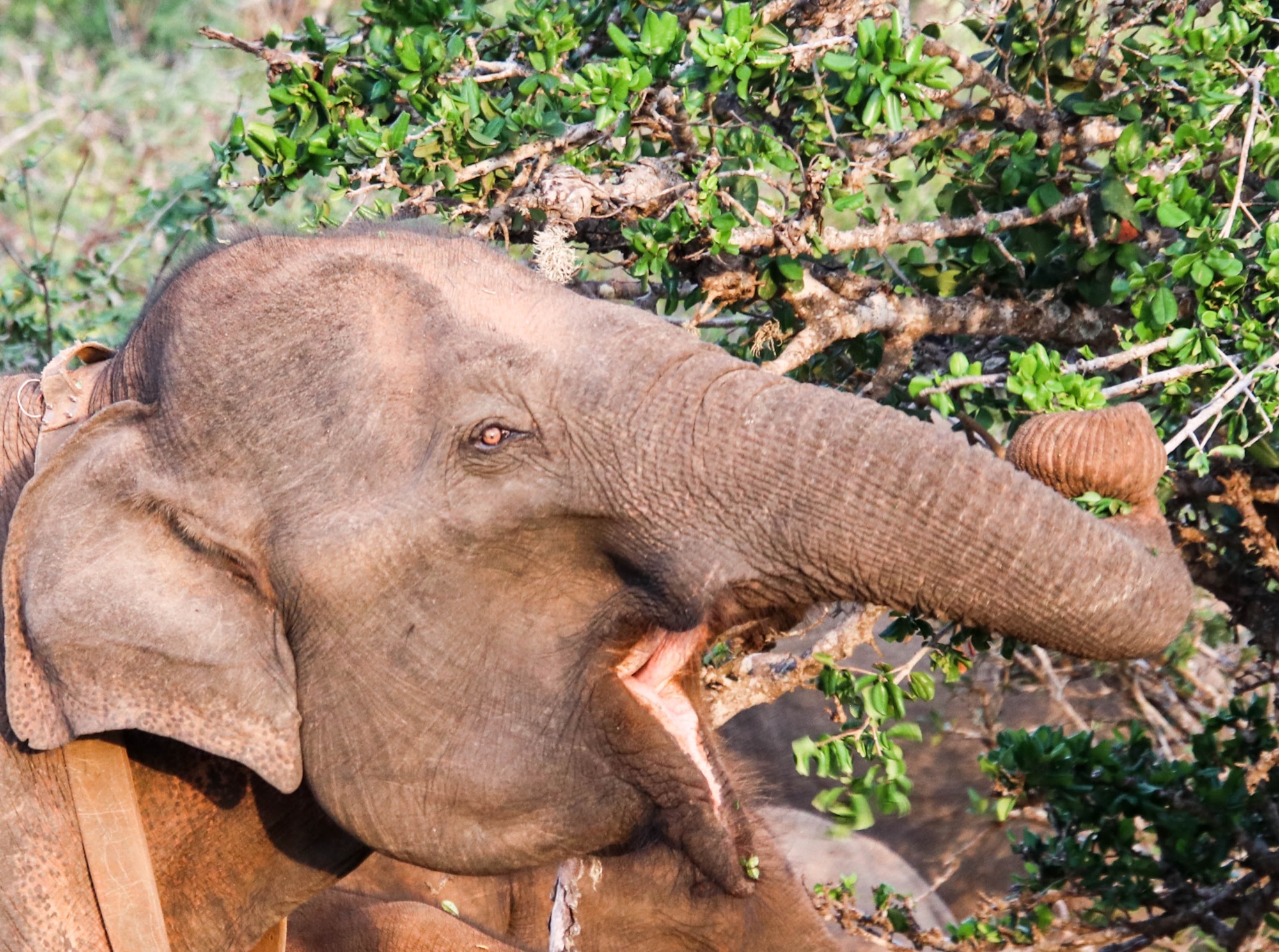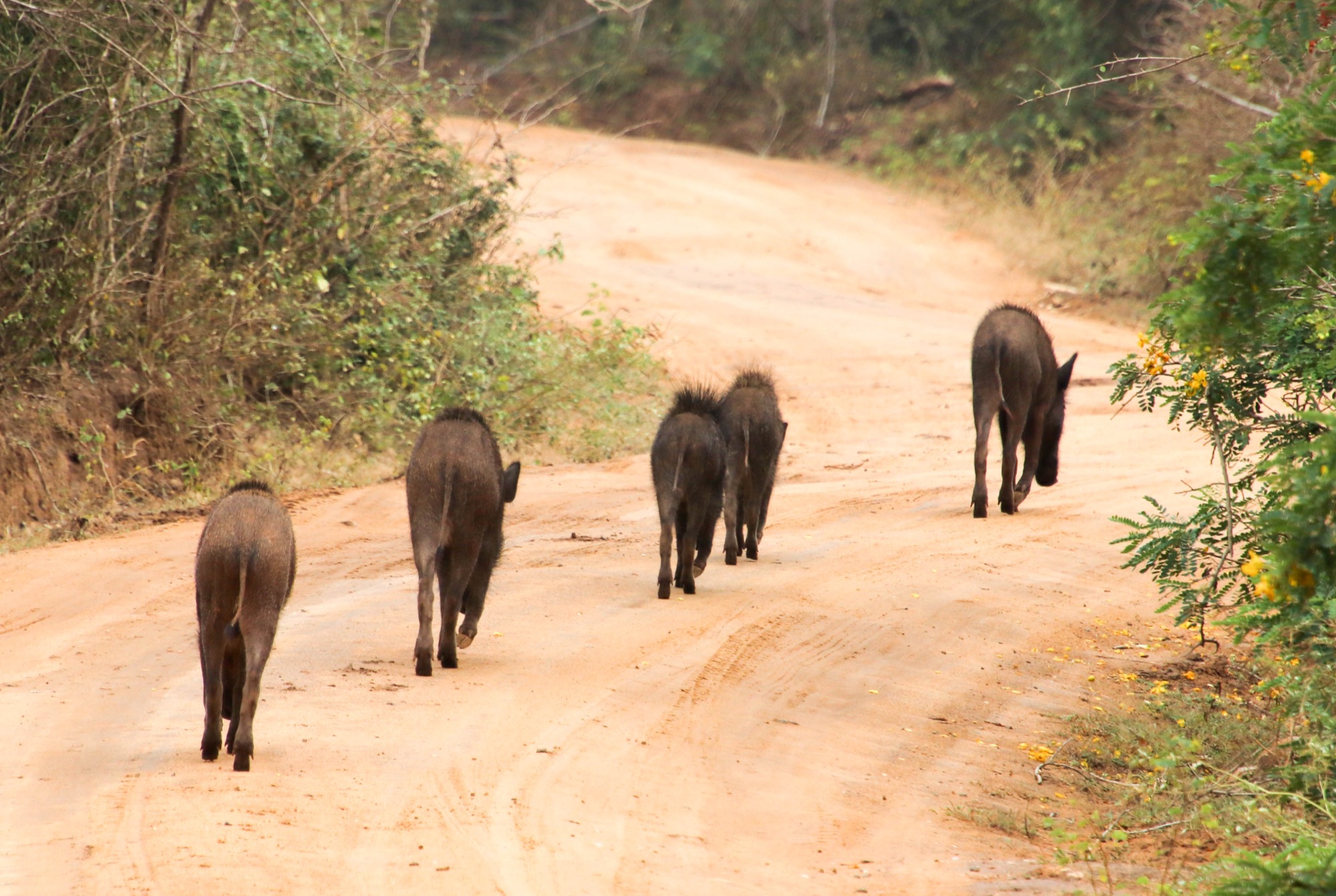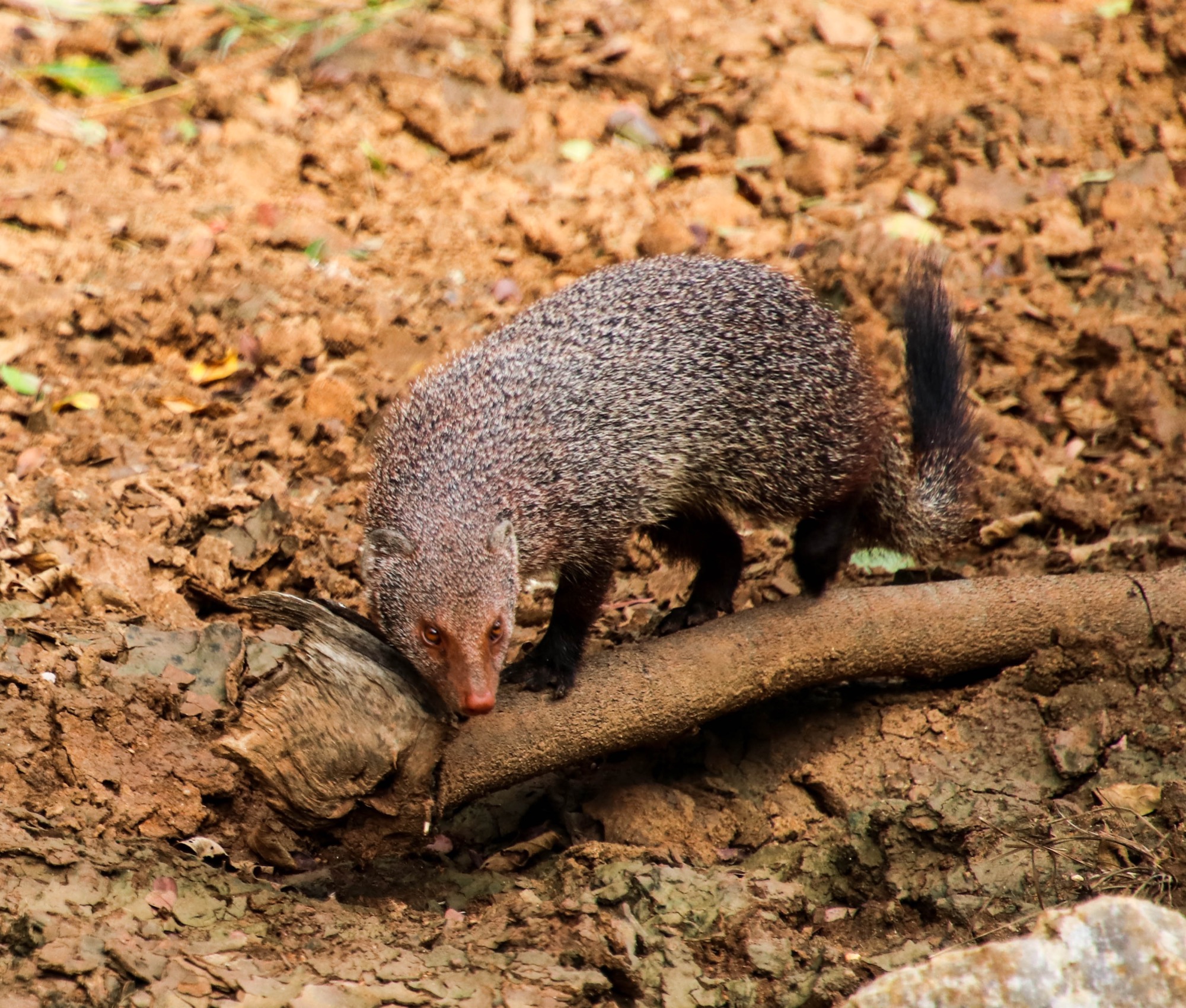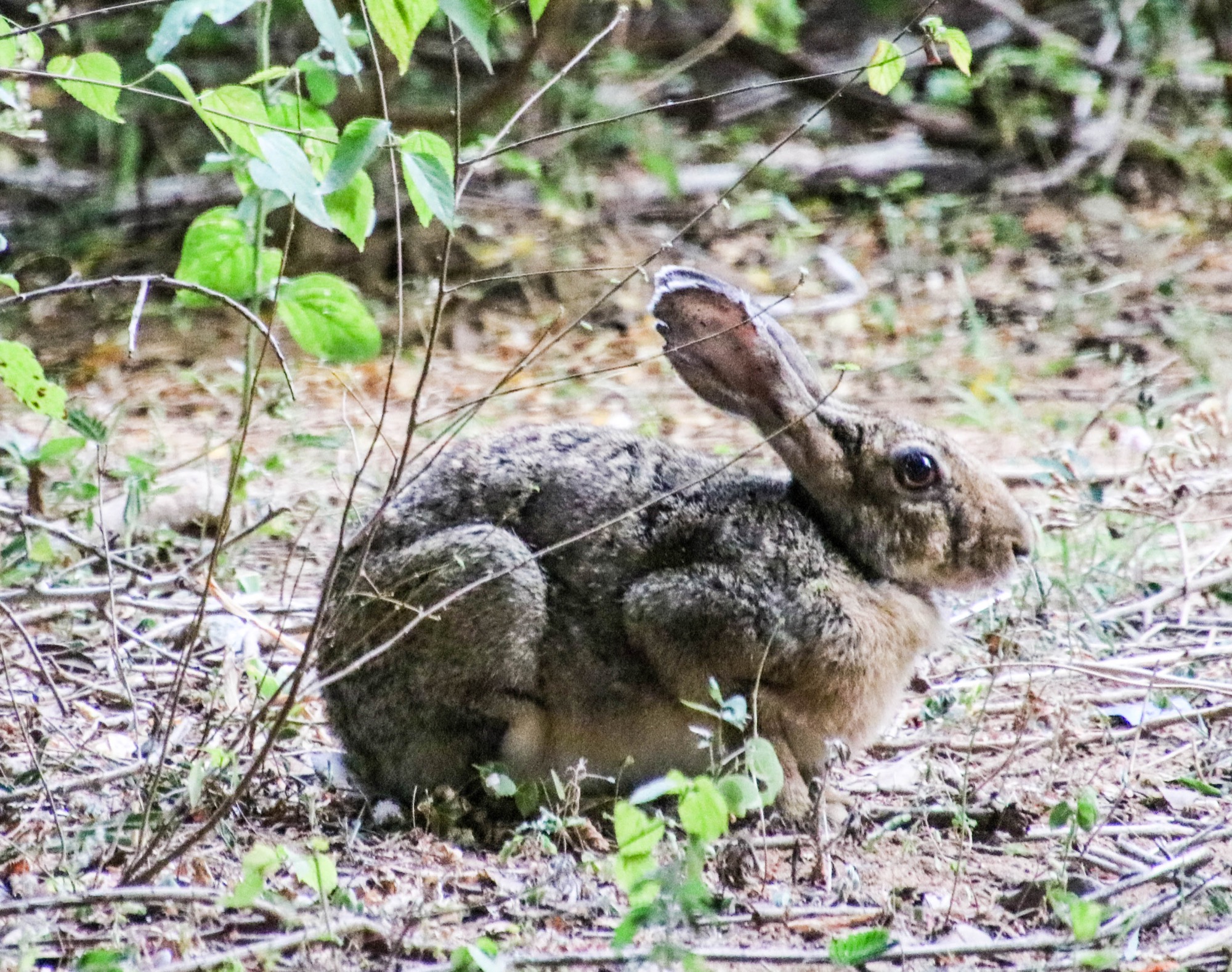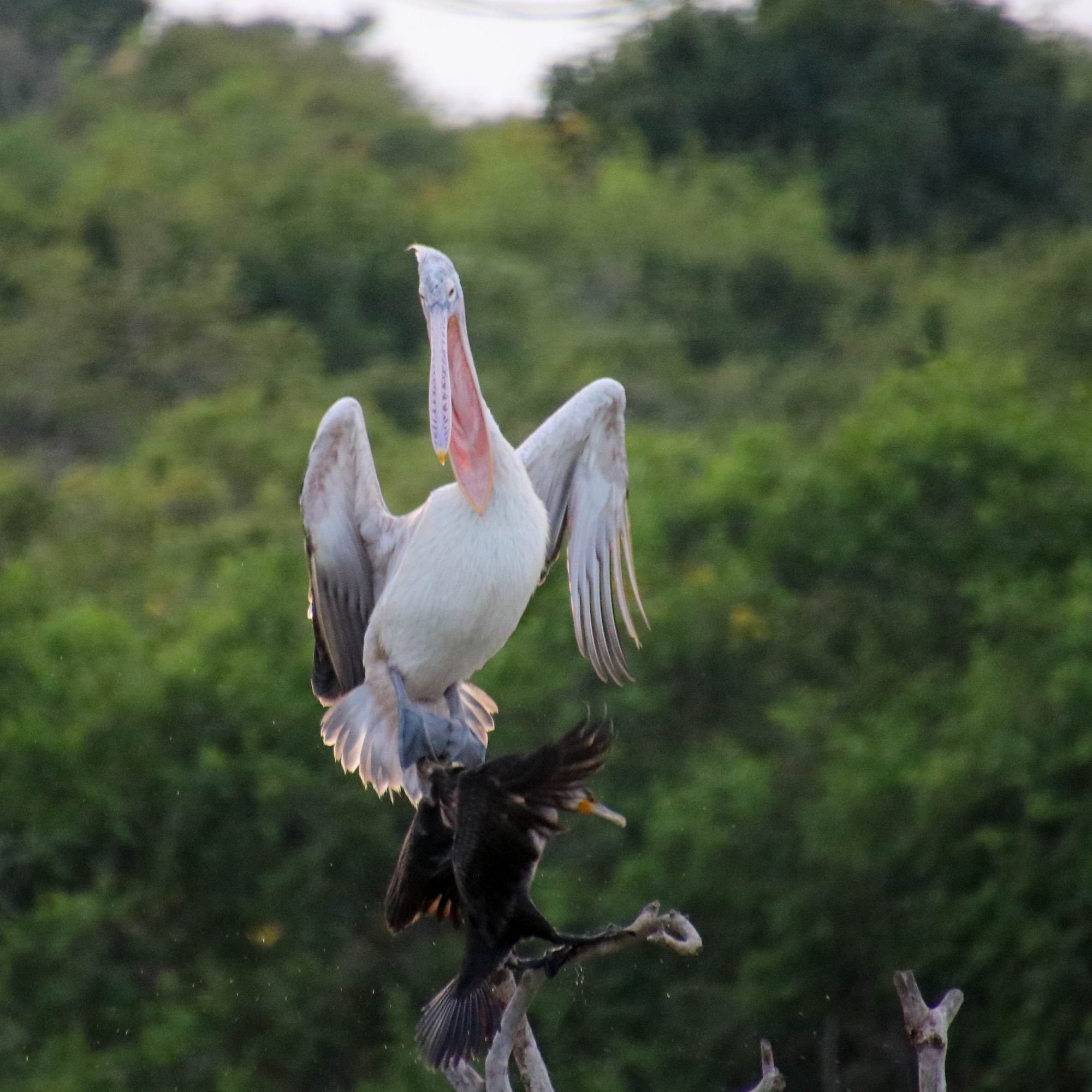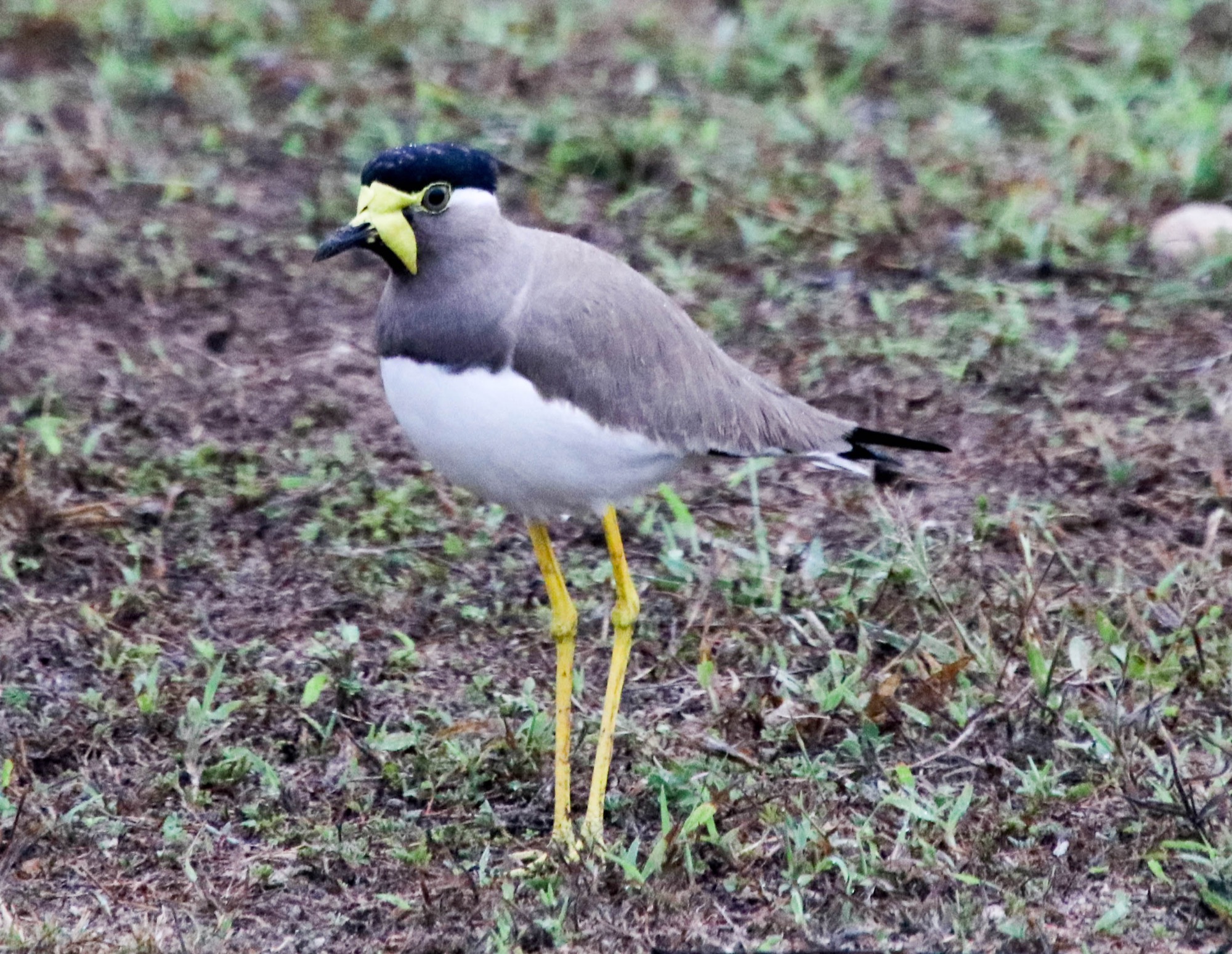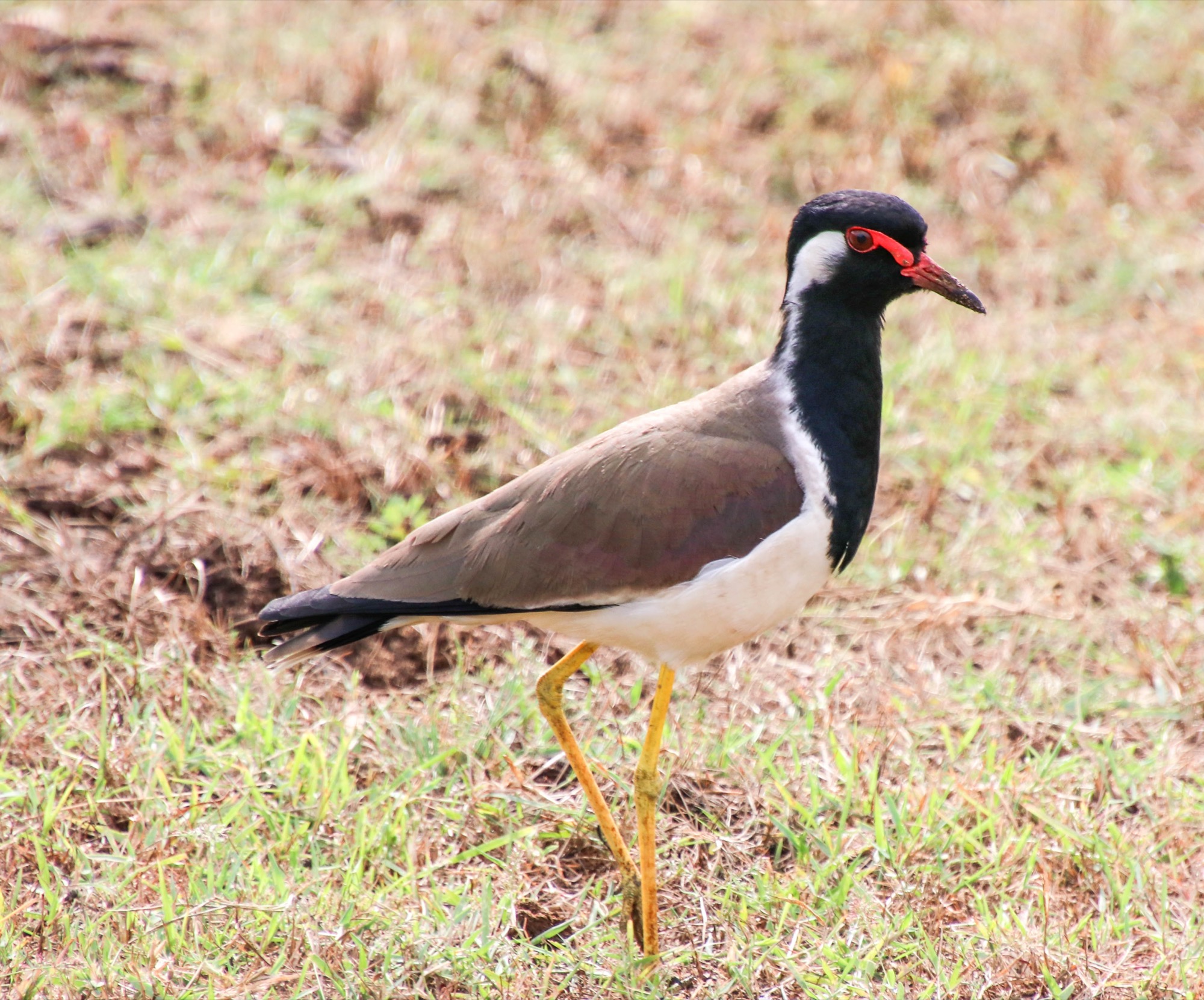Yala National Park
Yala National Park, which covers 378 square miles, has a variety of beautiful forest, grassland and wetland ecosystems. The area, which was made a wildlife sanctuary in 1900 and became a national park in 1938, is home to 44 different species of mammals and more than 200 bird species. It has been said that Yala also has one of the highest leopard densities in the world.
